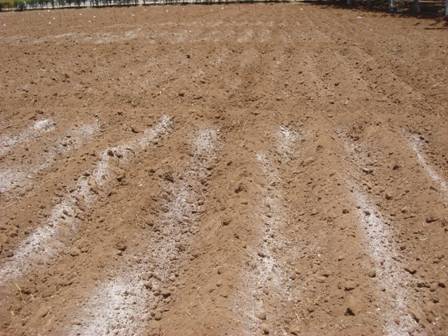
|
|
| Home | Seasons & Varieties | Tillage | Nutrient Mgmnt | Irrigation Mgmnt | Weed Mgmnt | Crop Protection | Cost of Cultivation | Photobank | |
Nutrient Management :: Tips for Better Fertilizer Use Efficiency |
|
TIPS FOR BETTER FERTILIZER USE EFFICIENCY
|
|
| Home | Seasons & Varieties | Tillage | Nutrient Management | Irrigation Management | Weed Management | Crop Protection | Cost of Cultivation | © All Rights Reserved. TNAU-2016. |
|
